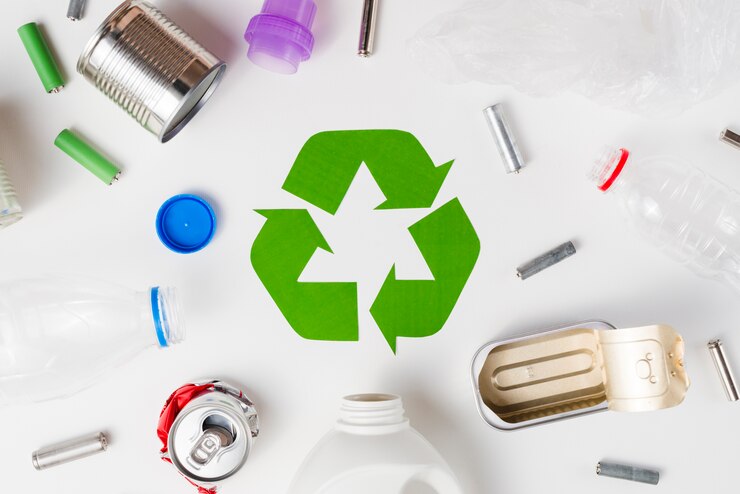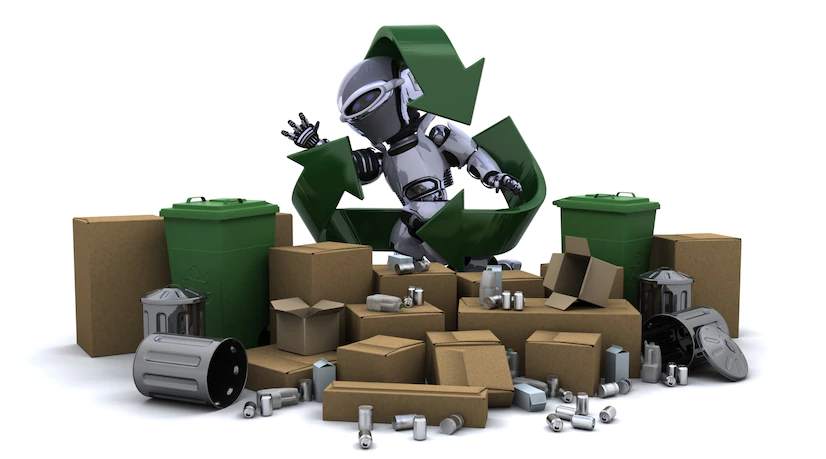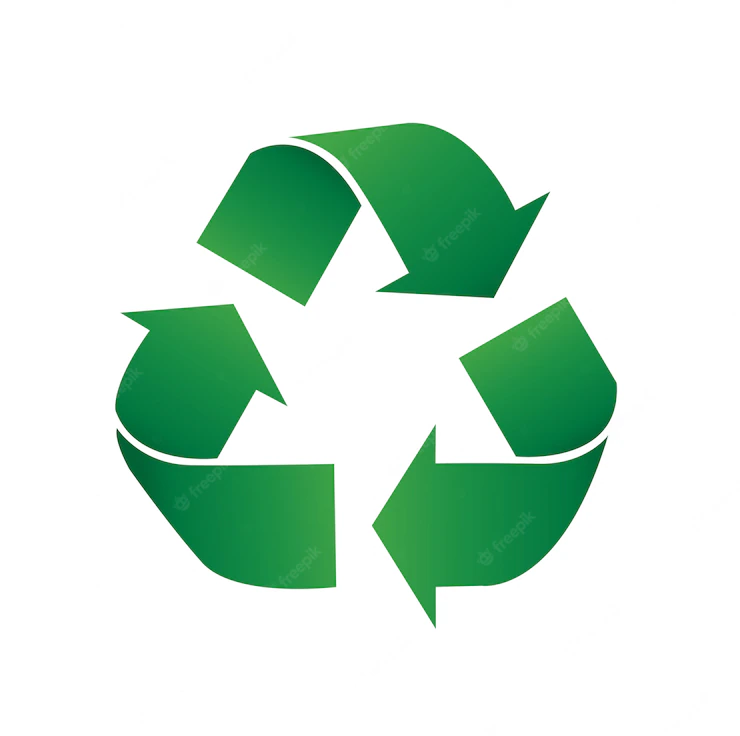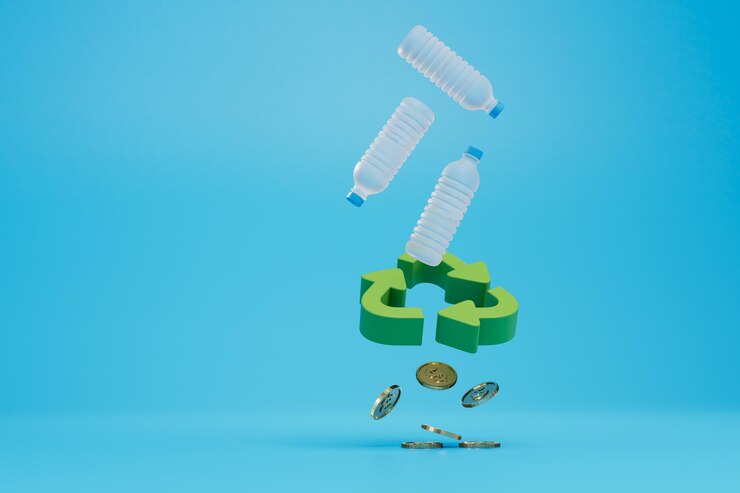Regulations: Waste Electrical And Electronic Equipment (WEEE)
18 October 2022
3 Mins Read

toc impalement
WEEE regulations are in place to help reduce the amount of electronic waste that is produced each year. These regulations cover anything from fridges and washing machines to computers and phones.
The thinking behind these regulations is that if we can reduce the amount of waste that goes to landfill each year, we can help to protect the environment.
What Are WEEE Regulations?

There are three key ways these regulations work to achieve their goals:
1. Extended Producer Responsibility (EPR)
The producers are financially and morally responsible for their products at the end of their life. Ensuring that products are recycled in an environmentally friendly way.
2. Individual Producer Responsibility (IPR)
The producers are obliged to provide information about their products and recycling facilities to the customer.
3. Producer Recycling Obligations (PRO)
Producers are obliged to recycle a certain percentage of their products each year. This percentage is set by the government and is reviewed regularly.
These three key strategies work together to create a system where producers are financially incentivized to design products that are easier to recycle and to recycle more of their products each year. This ultimately helps to reduce the amount of waste and protects the environment as a result.
How Do These Regulations Impact Consumers and Businesses?
The weee regulations impact consumers and businesses, as businesses must provide recycling facilities for their customers and take back their e-waste. Consumers are also encouraged to recycle their e-waste through these regulations.
The UK’s regulations are enforced by the Waste Electrical and Electronic Equipment Regulations 2006. These regulations require businesses to label their products with information on how to recycle them. The laws have positively impacted the recycling rates of electronics in the UK.
How Can You Recycle Your Unwanted Electronics Products in Compliance With These Regulations?
The best way to dispose of your unwanted electronics is to recycle them through a WEEE-approved recycling center. These centers will ensure your electronics are adequately disassembled and recycled per the laws.
You can also donate them to charity. Many charities will accept electronic donations and ensure they’re disposed of properly.
Does the Regulations Framework Need any Updating or Refining?

A number of loopholes need to be closed or updated within the framework.
- Transboundary shipments of WEEE. Currently, there are no specific rules governing transboundary shipment; companies can ship their WEEE waste to countries with weaker environmental laws, where it may be disposed of in an environmentally harmful manner.
- Non-compliance with regulations by manufacturers and importers. There are no penalties for companies that do not comply with these laws.
- Funding for WEEE recycling needs to be addressed. The taxpayer bears the cost of recycling WEEE through government subsidies. However, there is no guarantee that these subsidies will continue to be available in the future, which could lead to a decrease in the amount of WEEE recycling.
What Do These Mean for the Future, and How Will They Influence Consumers and Businesses?
Knowing how to recycle electronics, we can help keep our environment clean while properly disposing of electronic waste.
For businesses, it is essential to be aware of the different ways you can recycle your e-waste and find the best option for your company.
Implementing these recycling practices is easy and should become second nature for both consumers and businesses.
Read Also:


















Comments Are Closed For This Article